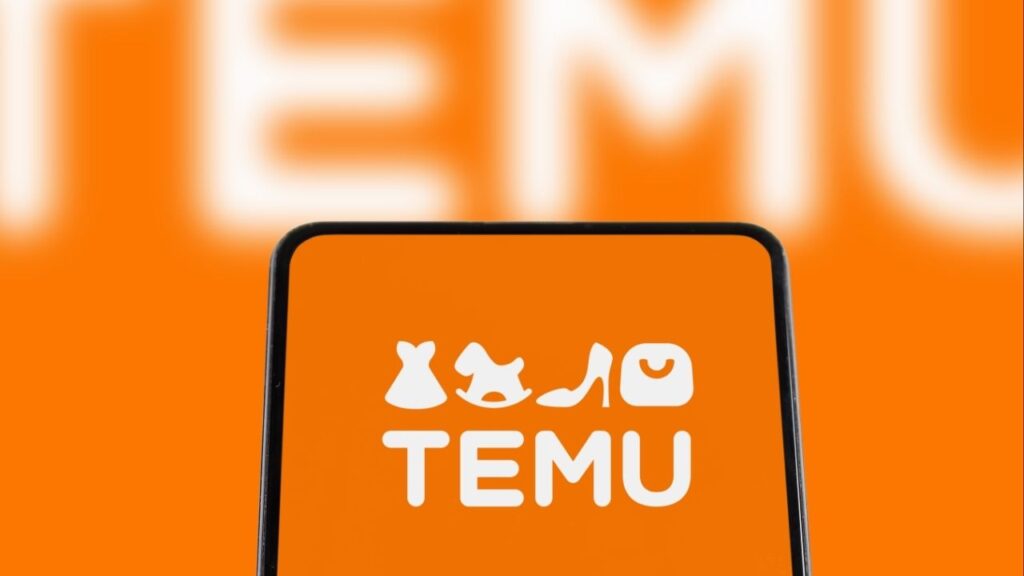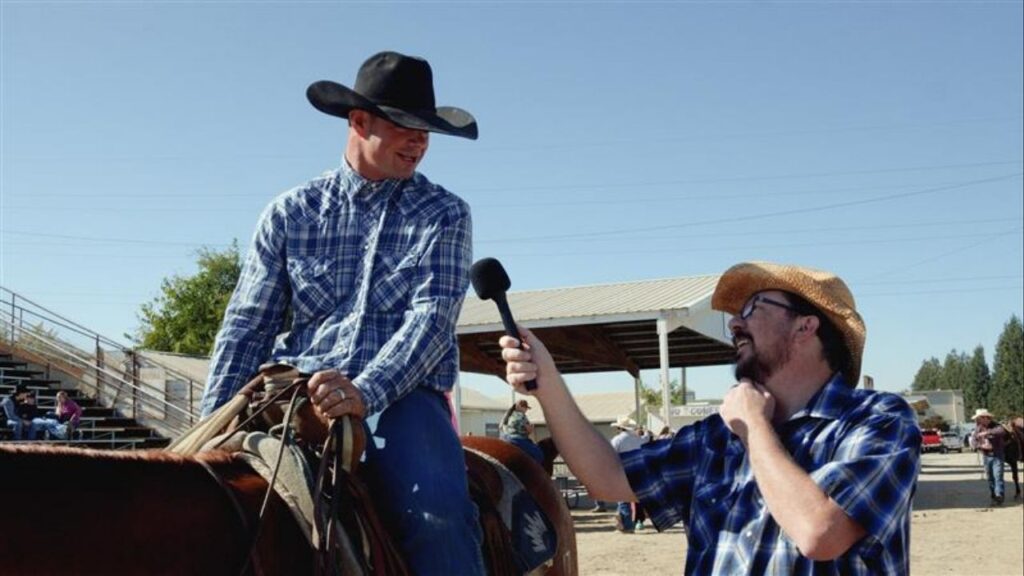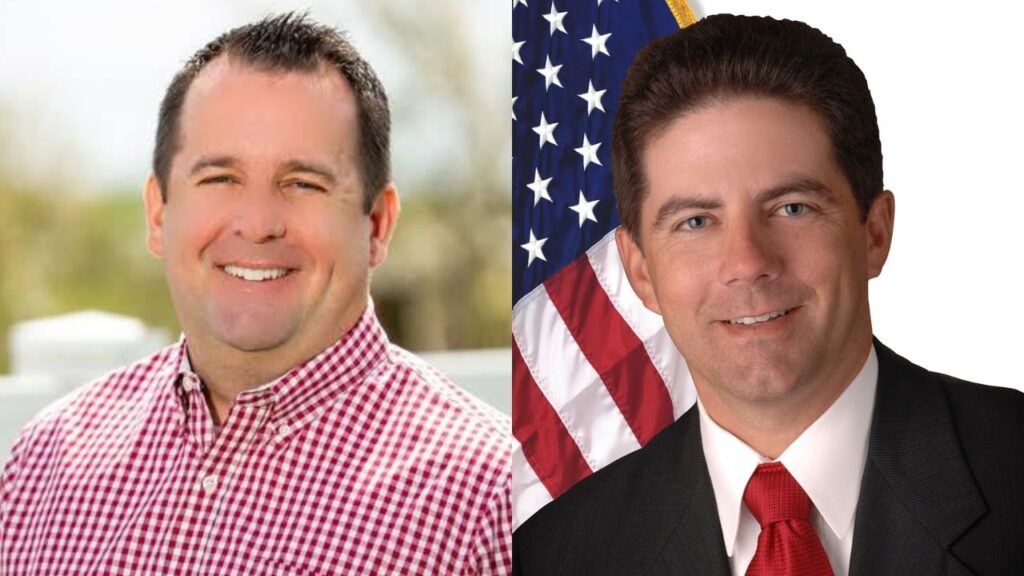Share
Christmas came early for California water interests with more than $1 billion in federal funding for a variety of projects packed into the recent federal funding bill that included COVID-19 relief.
At the top of the list for the San Joaquin Valley is $206 million to aid in repairing the Friant-Kern Canal.
The funding bill also includes $28 million for the San Joaquin River Restoration.
It has another $8 million to “repair Bureau of Reclamation canals” specifically to help recharge aquifers to comply with the state’s Sustainable Groundwater Management Act, according to a press release from Sen. Dianne Feinstein’s office.
And there’s a small but significant stocking stuffer to create and fund a new “Snow Water Supply Forecasting Program” within the Department of the Interior, which could be extremely helpful for San Joaquin Valley water managers.
Funding the Friant-Kern Canal
The biggest ticket item, though, is the Friant-Kern Canal.
The Bureau of Reclamation, which owns the canal, had already kicked in $50 million for pre-construction environmental and planning work.
It had requested another $71 million through the Water Infrastructure Investments for the Nation Act of 2016 (WIIN Act).
It boosted that request to $206 million earlier this month and got it.
Assuming the funding bill is signed, that will mean the feds have put $256 million toward the project.
Friant contractors will then have to match that money, according to Jason Phillips, general manager of the Friant Water Authority, which operates the canal.
The overall cost to bring the canal to its full, originally designed carrying capacity of 4,000 cubic feet per second will be about $500 million.
But the authority is tackling the fix in smaller, phased bites, Phillips said.
“This is a three-year project,” he said.
The authority will be starting with the most damaged segments of the canal in what’s known as the “middle reach,” a 33-mile stretch south of Pixley that has sunk due to excessive groundwater pumping.
Fixing that section will involve building an entirely new canal for 20 miles, along with other repairs.
The authority has already begun work on acquiring the right of way and anticipates construction to begin sometime in April.
Costs for the first portion of the project haven’t been nailed down, but Phillips estimated it would be in the $200 million to $300 million range.
That means Friant contractors will have to pay between $100 million and $150 million for that portion.
Matching Funds
A settlement agreement with the Eastern Tule Groundwater Sustainability Agency recently approved by the Friant Water Authority, could bring in between $200 million and $125 million, as reported last week by SJV Water.
That would go a long way toward paying the required match for the first phase of the project.
Lands within the Eastern Tule GSA, for the most part, aren’t in water districts served by the Friant-Kern Canal and rely almost exclusively on groundwater pumping, which has been blamed for sinking the canal.
The Eastern Tule GSA is expected to review the settlement agreement at its meeting next month.
Assuming the federal share and Eastern Tule GSA amounts come in, that would be enough to bring the Friant-Kern Canal back to its historic carrying capacity of around 2,500 cubic feet per second, plus a little extra, or 2,750 CFS.
Friant contractors, even those north of the sag who aren’t affected by reduced capacity, have agreed to share equally in the costs to get the canal back to that point.
Full Steam
Getting the Friant-Kern Canal to its full, originally designed capacity of 4,000 CFS is a different story.
The canal has never run that high because of construction flaws near the Kings River crossing.
But given the need to move greater volumes of water in high-flow years to help restore aquifers under the state’s new Sustainable Groundwater Management Act, several Friant contractors are pushing to bring the canal to its full carrying potential.
That’s where private investment could come in.
The Friant Water Authority surveyed its contractors over the summer to see how many would be interested in investing extra to build out the canal to 4,000 CFS.
The survey asked how much each contractor might invest and the source of that money.
At least one of those surveys listed a private company, Renewable Resources Group, as a potential partner in $130 million for 650 CFS capacity in a larger Friant-Kern Canal.
That sparked concerns among some Friant contractors including Orange Cove Irrigation District which wrote a letter opposing private investment.
“As they say, ‘water moves uphill toward money,’ and the OCID has concerns with investors’ maneuvering and profiting on the value of water in and of itself, disregarding its direct utility and benefit to the Valley,” the letter states.
Phillips said investment strategies are up to each individual water district, not the authority. He added that no one is asking how contractors are paying for this initial phase.
For now, with prospect of federal funding to keep the first phase going, the issue of private investment is on the back burner, Phillips said.
Snow Forecast Funding
One of the smaller ornaments on the Christmas tree of water projects in Monday’s federal spending bill was $3 million for a so-called “Snow Water Forecasting Program” within the Department of the Interior.
The measure included another $15 million over the next five years.
That may not have the flash and recognition of some of the other water projects, but it could be huge for water management in the San Joaquin Valley.
That’s because predicting runoff from Sierra watersheds that feed Valley reservoirs from Yosemite down to down to Mount Whitney is difficult at best as it relies on widely scattered electronic snow sensors and infrequent physical surveys.
Those methods are helpful, but have an accuracy range of 50% to 90%.
The new forecasting money would pay for an airborne snow observatory (ASO) program to complement those conventional methods.
For the past few years, valley water districts have been paying independently for ASO flights, which measure snow depth and water content using LIDAR (light detection and ranging). ASO along with conventional measurements boosts accuracy to between 96% and 99%.
The information is invaluable in managing runoff.
But the flights are pricey, about $90,000 each.
The state Department of Water Resources has participated in some flights, but to cover watersheds statewide would cost $15 million a year and legislative attempts to come up with that kind of money haven’t succeeded.
Still, DWR has paid for some flights, such as the new “bare earth” ASO flight over the upper San Joaquin River watershed where the Creek Fire scorched more than 25% of the land.
“The next flight is tentatively scheduled for the first of February,” said Phillips, general manager of the Friant Water Authority, which depends on San Joaquin River water to supply nearly a million acres of farmland from Millerton Lake down to Arvin.
He said the authority has about $300,000 budgeted this year for ASO flights, as needed and coordinates with other watersheds up the Valley.
The new federal funding will likely cover watersheds throughout the Bureau of Reclamation’s jurisdiction, not just California.
About the Author
SJV Water is a nonprofit, independent online news publication covering water in the San Joaquin Valley. Lois Henry is the CEO/editor of SJV Water. She can be reached at lois.henry@sjvwater.org. The website is www.sjvwater.org.




















